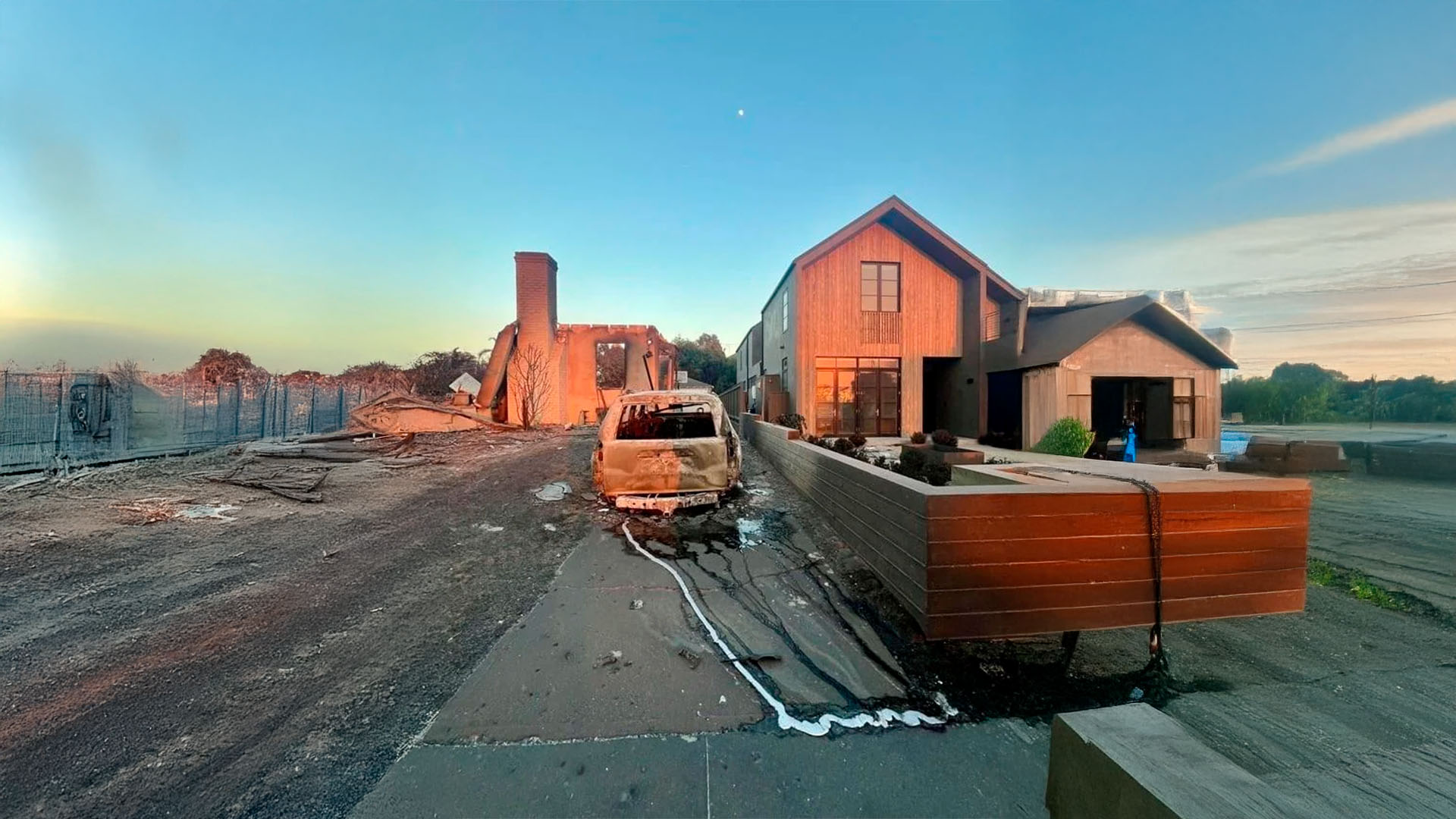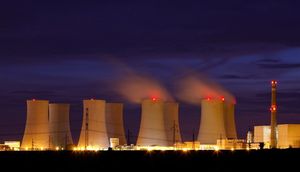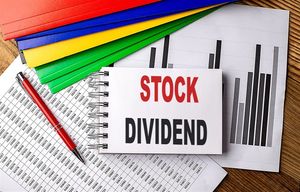SANTA BARBARA, CA / ACCESS Newswire / November 10, 2025 / As the real estate industry responds to environmental urgency, housing scarcity, and evolving occupant expectations, one material is gaining serious traction: mass timber. Tyson Dirksen, a veteran developer and founder of Evolve Development Group, believes mass timber will be the backbone of the next era of real estate. Dirksen has spent over 25 years at the intersection of sustainability, design, and investment. He earned his Master's in Real Estate Development and Finance from MIT, where he deepened a passion that started in his childhood. "I was fortunate to grow up learning from my parents, who were hands-on real estate investors. Then I built on that foundation through years in brokerage, development, and eventually the academic and professional network at MIT," he explains.

Growing up in drought-ridden California during the 1980s shaped Dirksen's environmental mindset. "Those years showed me what it meant to live with limited resources. Sustainability wasn't a theory; it was a daily consideration," he recalls. That consciousness would later fuel his conviction that the built environment, which accounts for approximately 40 percent of global carbon emissions, must evolve toward more sustainable solutions.
A Shortage of Homes and a Need for Speed
The United States faces a severe housing shortage, with estimates indicating a shortfall of 5 million units. The root causes span decades, from underbuilding and rising costs to economic recessions. To Dirksen, this is a wake-up call for how the industry approaches construction. "We need to treat housing like a manufactured product. That means designing systems that allow us to build faster and more efficiently," he says. "Prefabrication is essential. And if you're going prefab, mass timber is the most forward-thinking material you can use." Mass timber, especially when panelized, offers both speed and quality. One can assemble walls with precision in a factory, then deliver them flat-packed to the site and install them very quickly. "It's like putting together Ikea furniture, only on a larger scale. You get factory-level control, consistent quality, and rapid erection timelines," Dirksen explains.
Environmental and Health Gains
Beyond speed, mass timber offers a dramatic environmental upside. When sourced from responsibly managed forests, it acts as a carbon sink rather than an emitter. "A recent project in Seattle showed 46 percent less embodied carbon in a mass timber building compared to one made from concrete," Dirksen notes. That difference matters, especially as more developers and tenants seek out greener options. But mass timber's value goes beyond the numbers. It also supports occupant wellbeing. "There is clear evidence that natural materials like wood positively affect health and productivity," says Dirksen. "Whether it's for office workers or families at home, people respond to environments that feel warm and alive. Since the average person spends the vast majority of their time indoors, with estimates ranging from 86.9% to 93% of their day, this translates to roughly 20-22 hours inside per day, quality of space matters."
The Importance Of Building To A Passive House Standard
Dirksen is a strong advocate for building to the Passive House standard. As building scientists, John Straube and Joseph Lstiburek have said, building to code simply means meeting the lowest level a municipality will allow. The real question is this: do you want to be the worst builder legally possible, or build to the best of your ability? Passive House construction requires strict air sealing, substantial insulation-often including a significant layer of exterior insulation-and separate systems for ventilation and heating & cooling. This approach allows for better control of moisture movement and thermal transmission through walls, roofs, and floors.
The benefits extend well beyond energy efficiency. Indoor air quality is significantly improved. Through constant ventilation and filtration, or the option to switch to recirculation mode, Passive House buildings provide clean air even in the presence of smog, wildfires, factory emissions, or vehicle pollution. Considering that people spend between 86.9% and 93% of their time indoors, this level of air quality is crucial. One striking example is a Passive House that withstood the Palisades Fire while nearby structures were destroyed. Its airtight construction and detailed design did more than conserve energy. They helped keep the fire out. That is not just smart building. That is resilience.
Safety, Strength, and Versatility
One of the most persistent myths about wood construction is related to fire risk. Dirksen is quick to challenge that narrative. "Mass timber is inherently fire resistant. And when you wrap it with mineral wool insulation, it becomes extremely fire-resistant. Proper detailing makes it perform significantly better than concrete or steel, in the sense of thermal conductivity or moisture transmission." It is not just fire safety that makes the material attractive. Mass timber is also well-suited for seismic zones such as California. Thanks to its lighter weight and flexible design, it requires smaller foundations and delivers excellent structural performance during earthquakes. "Whether it's earthquake resilience or flood resistance when waterproofed properly, mass timber checks boxes that traditional materials often struggle with," Dirksen says.
Meeting Market Demand
Consumers are showing a strong preference for buildings that combine character with comfort. "People love the look of old brick or heavy timber buildings, but they want modern performance," Dirksen explains. He points to companies like Hines that saw consistent leasing success in their heritage properties, despite complaints about temperature control and drafts. That inspired a move toward mass timber buildings that preserve the aesthetic appeal while solving the functional problems. Buyers and tenants are also increasingly motivated by sustainability. "You can argue that cost is still king, but if given the option between a conventional home and a sustainable one at the same price, people will choose the green option," says Dirksen. That appeal is particularly compelling in office settings, where employers prioritize productivity and employee health. "If a material helps reduce sick days and increase output, it directly supports the bottom line. That is something commercial tenants are paying attention to."
The Future of Real Estate
Mass timber is gaining global traction rapidly. This year, the Alloy Tower in Brooklyn rose to prominence as the world's tallest mass timber building, reaching 28 stories and 300 feet in height, showcasing the remarkable potential of this construction method. Dirksen, while also appreciating that the building also meets Passive House standards, views it as more than just a milestone in the development of mass timber. "Developers are beginning to understand that the advantages outweigh the challenges. The supply chain is expanding, and more architects and engineers are becoming proficient with the material," he explains. Dirksen and his team at Evolve Development Group anticipate the emergence of additional factories producing prefabricated, panelized mass timber walls. He believes these panels should be fully assembled off-site in the following manner: the mass timber structure, waterproofing, windows, window flashing, exterior continuous insulation, and exterior finishes. "Our goal is to build smarter from the outset. By delivering complete wall systems, we can significantly shorten construction timelines and enhance quality."
As the industry shifts toward more integrated, walkable, and community-driven developments, Dirksen sees mass timber playing a central role. "People want neighborhoods where they can walk to work, school, and shopping. That means more density. Mass timber is uniquely positioned to support that vision thanks to its design flexibility and expanding height allowances." For developers, the takeaway is clear. Mass timber is not just a novel material. It is a viable, high-performance solution to the urgent challenges facing the real estate industry today. When mass timber is sourced from sustainable forests, mass timber not only has a lower carbon footprint than concrete or steel, but also serves as a regenerative carbon sink, meaning it actively stores the carbon previously absorbed from the atmosphere.
To connect with Tyson Dirksen, visit his LinkedIn or website.
Media Contact:
Name: Tyson Dirksen
Location: Santa Barbara, California, United States
Email Address: tyson@evolve-us.com
Websites: tysondirksen.com and evolve-us.com
LinkedIn: https://www.linkedin.com/in/tyson-dirksen-a543827/
SOURCE: Tyson Dirksen
View the original press release on ACCESS Newswire






